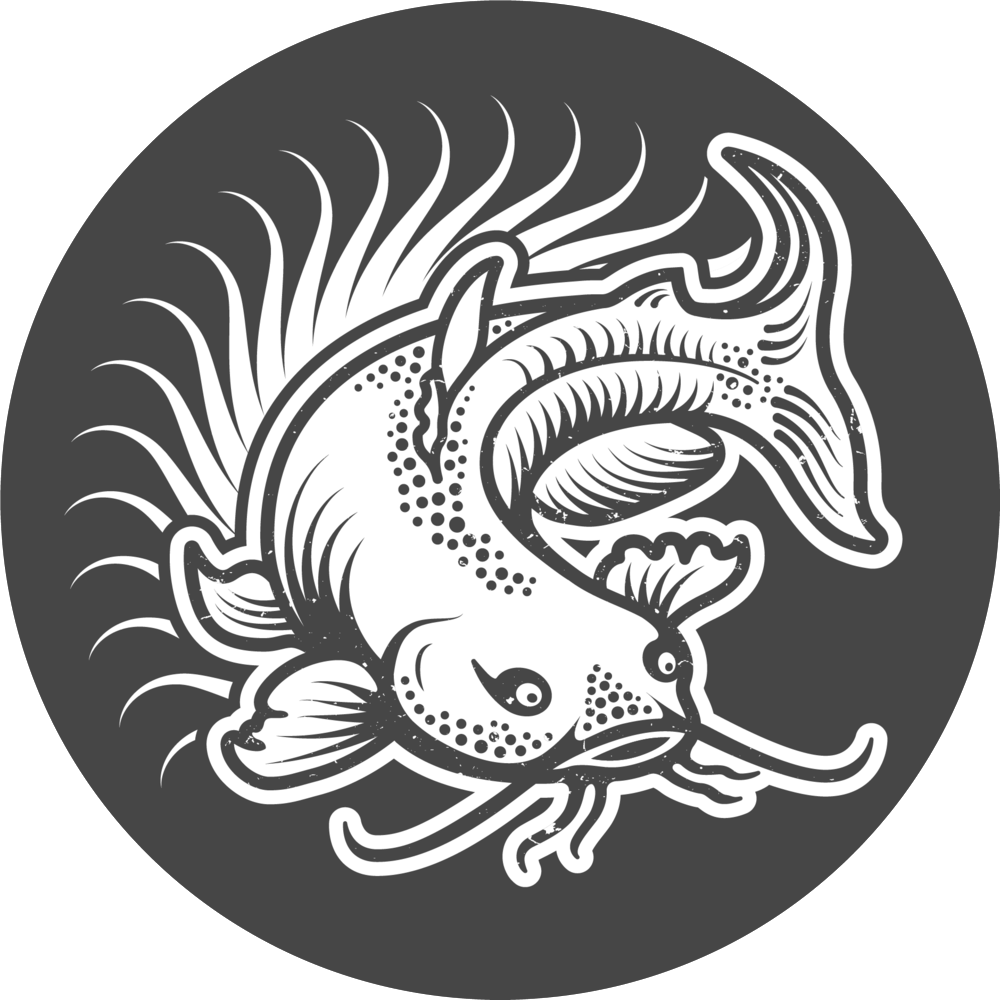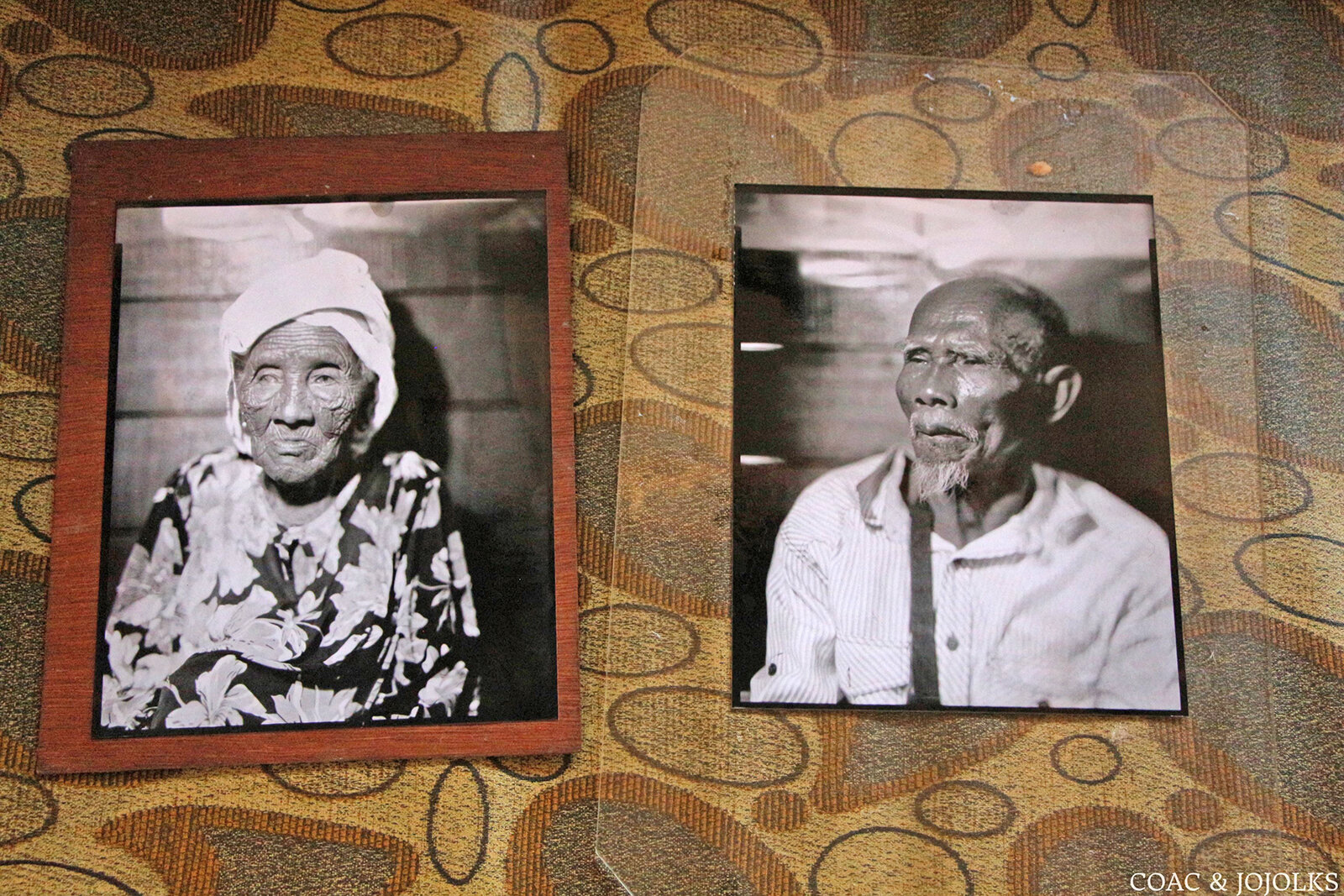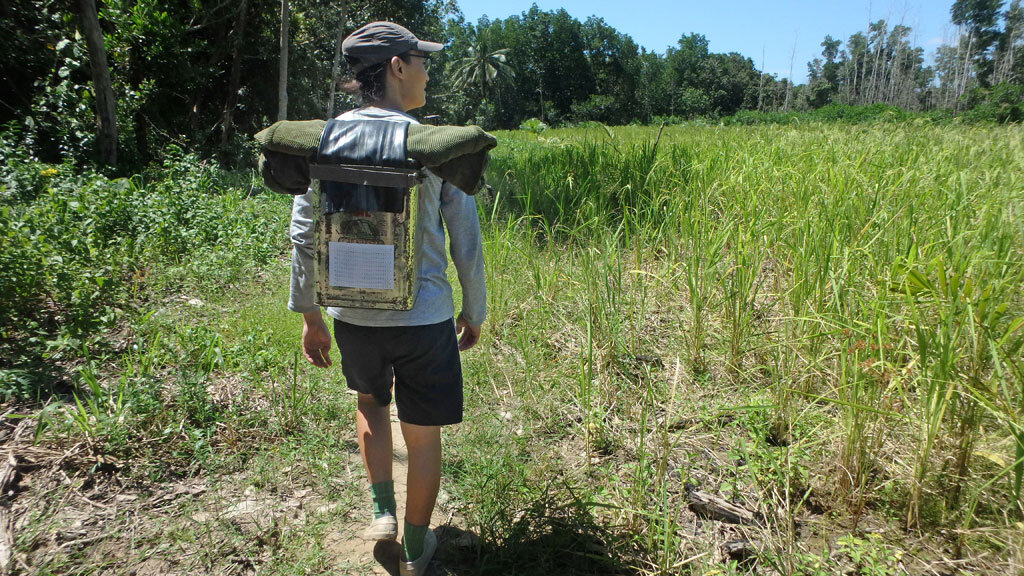Jeffrey Lim
Jeffery Lim is an enigmatic character, a gentle presence, with an underlying drive of a practitioner with a real sense of his own practice. Since 2011 Lim’s process has involved designing and making his own box cameras, the ever evolving sourcing parts and salvaging lenses. We speak to Lim about function over form, his inclusion in Box Camera Now and the deep exploration of his native Malaysia
For those who have not worked with box cameras before can you break down the process ?
Box cameras are basically a camera built into a box which doubles as a darkroom as well. It combines two crafts, between photography and printing. The box is light proof, and would generally have a lens and a film plane (ground glass, viewfinder in general terms). It is usually a fixed focal length with focusing achieved either via a rail mechanism or, in some cultures, by attaching an actual large format camera on the box itself.
The image is viewable inside the box, and it is exposed onto a Silver gelatin substrate, usually paper. The paper is alike any darkroom photographic paper, the exposed paper is then processed through a developer and fixer baths, the most basic chemicals, and a negative image will appear (alternatively it can be processed into a positive). A positive print can be achieved either by taking a photograph of the negative image, or making a contact print within the box itself. Negative image + negative paper = positive print!
What led you to the box camera ? How has your practice evolved with this process ?
I’ve been experimenting with making box cameras since art school, using film & polaroids to make prints. I was inspired by a video documentary by Afghan box camera project in 2011 and set out to design and build prototypes and revised versions. It was the simplistic and innovative technique of using just the basics to make prints instantly. Later inspired from the Lambe-Lambe version in Brasil, developing different build-types and printing techniques.
Initially, I pursued photography and portraiture as a means of documenting my family’s history, with the darkroom to make BW archival prints. But the box camera changed this process of research and engagement, it enabled me to have a very different relationship, with the people I meet and the exchange we can have. I used this opportunity to explore ways I could also infuse local culture, in the way I built it, and the materials I use.
Your cameras in themselves are fascinating objects, from lightbulb lenses to full room cameras, how did the process of working with the camera drive the physical aesthetic of your designs ?
It was rather function over form. Aesthetically, I designed it to use easily found materials, using simple tools & methods to build. Financially I could not afford lenses or even photographic printing materials, so I employed other ways to make ‘faster’ lenses. My goals were to make it robust, mobile and efficient to use and print in the field, as I wanted to do field research. It is meant to make prints instantly in any condition, anywhere, and if it broke, I could fix it easily from rural estate supplies. The materials I used and the aesthetics made it very approachable with the rural communities.
I’m in my fifth generation of box cameras now. The 1st were using steel sheet boxes, the British standard ‘flimsies’, 2nd was with recycled wood, 3rd with the use plastic garbage bags, 4th using a mobile dark box in combination with manufactured field cameras, and the latest 5th is with HDPE plastic containers found upcycled in rural villages and plantations.
What is really engaging is the extent to which you push the box camera, do you think you are close to the edges of its possibilities ? How far do you want to take it ?
I believe the box camera, as a tool, can have many more uses. The most traditional approach is as a mobile camera studio that prints. But having a darkbox, with printing chemicals and papers, it can have a multi-role, I’ve used it as a lightbox too, making enlargements, and as a projector.
At the moment, my main objectives are the functionality of being an efficient box camera, capable of being highly mobile, cheap and easy to manufacture and operate. With the 5th generation prototype, working project name “Tong Camera” (Container Camera) #10TGbuild, it is the most versatile camera I’ve designed and built. I intend for it to be a working model for mass production, to be a tool for learning, and as a means of making a living. Giving workshops and starting a pool of street box photographers in the city, spreading it across the region if successful. The program is intended more for indigenous people but could be opened to others. Hopefully to empower them, generate a means and perhaps an end, adding cultural context through this artform.
I’ve also moved beyond making prints, using the fundamentals of imagery and projection in my work as an artist. Create channels for narratives through oral and visual means of passing on stories, but with the “box camera” as a vessel and metaphor for this exchange or transference.
Can you tell us more about the Kanta Borneo project ? particularly the discussions of geography and multiculturalism in Malaysia ?
Kanta is a malay word for lens, which metaphorically represents the ability to see differently with the use of different lenses / filters. Kanta Portraits project as a whole was my exploration into the constructs of identity. Kanta Borneo was my exploration of East Malaysia, uniquely different and lesser understood or accessible.
“In our current state, Malaysia as a nation is very young, forming a federation of states in 1963, comprising two distinctly unique land areas, the Peninsula (west) of the land mass to Asia and East Malaysia of Borneo, the islands link to Oceania. Indigenously consisting of two major language groups, Austroasiatic and Austronesian, one of the only countries to have both in the region. What would be the region of Southeast Asia, the Straits of Malacca one of the busiest straits, has seen a turmoil of piracy, empires and kingdoms, all for dominance, fought over centuries since the age of conquest in the name of discovery.”
“Nation-building included a national identity, which consisted of the three main ethnic races, namely the malay, indian and chinese (although all are non-indigenous). This is still evident in the modern historical consciousness and is the accepted national narrative. Politically there have been many counter arguments on the influence of one race above the other and underlying narratives among different communities, creating many different sides to the story.”
Two excerpts taken from an essay entitled “The Invisible Future, Facing the Visible Past” by Jeffrey Lim, exhibition in Taipei, December 2020, which hopefully gives an introduction to the complexities of the polities and social constructs of the region.
In Box Camera Now you find yourself chronicled with a range of practitioners all working with the fundamentally same process but spanning the globe, were you aware of the extent of the community and has it opened any doors for you in terms of your network and modification to how you make work ?
It's amazing what it has become, Lukas’ initiative not only sprouted so many, but brought to light other traditional practises and cultures around the world, a revolution and revival for this artform. I have had the privilege to work with many in the early years, meeting Maurício Sapata in São Paulo, Brasil, Urselepe Luc Chen Zi Wua of Taipei, Taiwan, Mitsu Maeda, Kochi & Sono Aida, Tokyo, Japan and many more. The initiative and at present, this book, has definitely brought many of us together, finding new builders at little corners of the world, all innovatively making unique box cameras. Creating a universal language, that is transboundary, we are a big family. It was in Brasil at the exhibition Retrato Popular, Sesc Belenzinho, that I came across the wet contact technique from it’s name Lambe-lambe (lick-lick) to lick the negative to make a contact print. Working closely with other artists, I explored not only how to make an image, but why.
You’re working on your own book Kanta Manuscript 2020, can you tell us more about this process ?
It’s just been self-published (December 2020). Kanta Manuscript 20 is a small book, comprising a selection of 20 portraits made during the Kanta Portraits project between 2015 and 2019. The portraits are of indigenous people from Peninsular Malaysia, Borneo, Taiwan and Japan, mainly of two major language groups, Austroasiatic and Austronesian. The writings describe my understanding, on indigeneity and citizenship, of spirituality and alter-narratives. The portraits were prepared as submissions to photo festivals & exhibitions for year 2020, and this publication compiles all of the entries into a manuscript as an introduction to the project. Hence each portrait is accompanied with only a short writing.
As I am a book & print designer, I had the advantage to control the production of the book well. It was designed to be finished as a book block (open stitch binding), so it can be combined with future publications. I’ve tried at best to recreate the colour temperature of each print to be as close to the original and at actual size. Using FSC paper and experimenting with hand-stitch maquettes to raise funds for the actual offset print run.
This is the first publication on the studies of the project, my first attempt at writing and presenting my findings. It is still difficult to compose, as it has been a long project, which documents the complexities of this region, of indigeneity.
On your blog you outline the geography of not only where your work is exhibited, workshops attended but also where you have made work. You seem to embody the act of making and the context of its public display as part of the same engagement when a lot of makers draw a line between the two acts, what are your thoughts on this process ?
With several indigenous tribes, they commented as they waited eagerly around the box camera, while I was processing the prints, it was similar to waiting for the birth of a child. This act of becoming, of making a tangible form, an image as a representation of their identity, made this exchange of their narratives and the portrait, an embodiment of my work.
The printed portrait will remain with the sitter and their family, where it will have more importance and reverence. “Like a dispersed museum, pieces of an enormous imaginary mosaic”, Tonho Ceará, transcribed from Cinema de Dois Tões, a documentary film by Luiz Santos.
In my work, the process is just as important, the practise has become ritualistic and performative as well. I have been exploring this transformation, between different realms, finding ways to create narratives beyond a recorded physical medium. The box cameras I’ve made, are from and of the area/ surroundings. It is an act of cultivation, a way of finding roots, of becoming indigenous, a form of spirituality, as I initially intended to find and understand myself through all the projects I’ve started.






